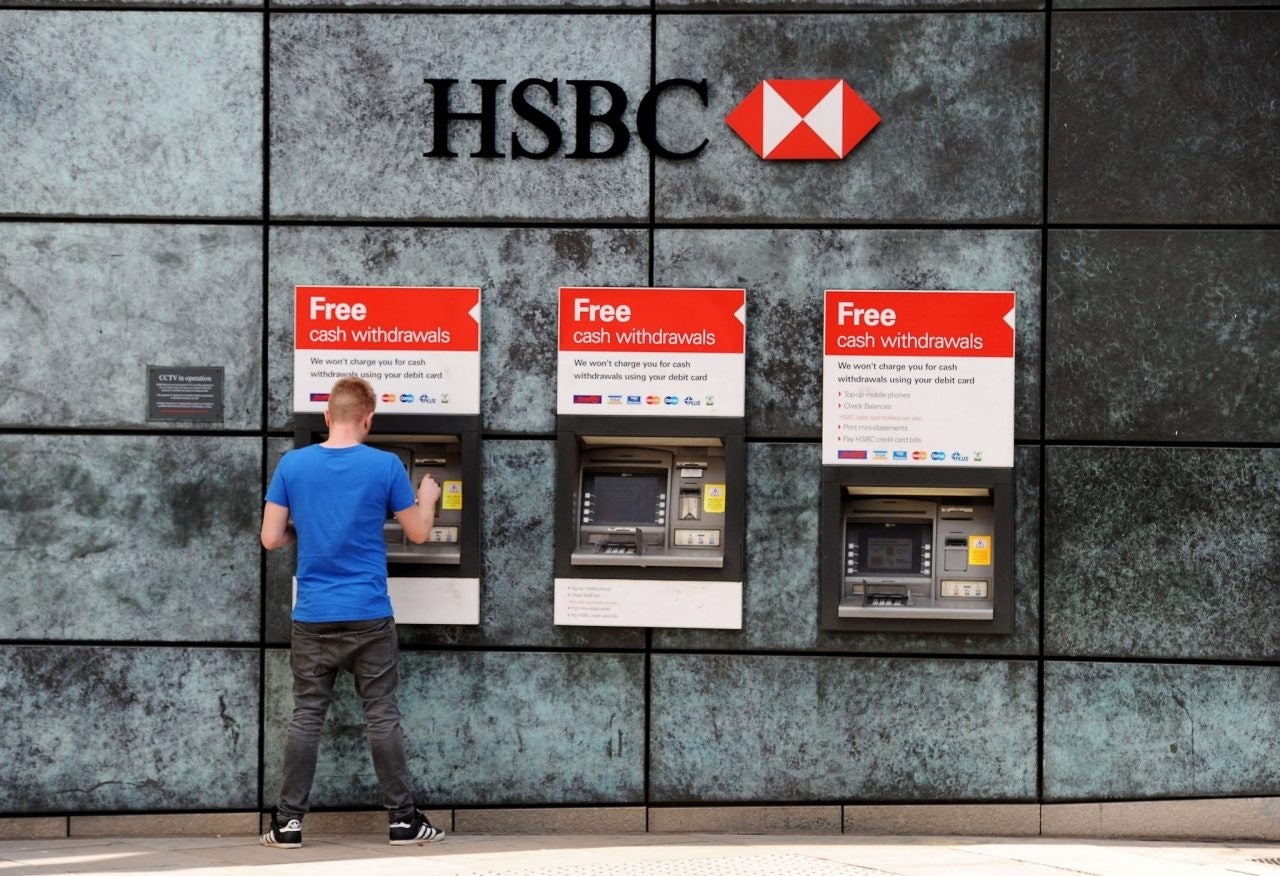Editor’s note#
: How significant is an annual overseas withdrawal limit of 15,000? With foreign retailers increasingly offering payments via WeChat Pay and Alipay, not to mention UnionPay and credit cards, its hard to imagine the cash withdrawal limit having a huge impact. If China is indeed serious about cracking down on money illegally exiting China, they’ll need to pay closer attention to how it moves in and out of Alipay and WeChat accounts, and keep an eye on how alternative channels such as cryptocurrencies are being used to move money out of China (even after the major China exchanges were shut down). A version of this story was originally published by our content partners at Jing Travel.
The Chinese government has instituted a new annual limit of 15,000 (100,000 yuan) that people can withdraw from their personal Chinese bank accounts while overseas. The move is ostensibly an attempt to curb money laundering, terrorism financing, and tax evasion. In the past, anti-corruption policies have caused substantial damage to both the luxury industry and the Chinese outbound tourism industry by driving down spending. However, that doesn’t mean that this new regulation is bad for stakeholders. In fact, there are substantial, potential benefits, particularly in terms of helping stakeholders better assess the total spending of Chinese tourists and the relative health and growth of China as a source market.
This newest limit is not the only such anti-corruption regulation to come out in 2017. In June, the Chinese State Administration of Foreign Exchange (SAFE) issued a regulation requiring banks to report overseas transactions over 1,000 RMB (153). The intent of these restrictions is to better monitor the flow of money out of the Chinese banking system, no small feat given the traditional preference among Chinese consumers for cash transactions.
This is one reason that the Chinese government has been so receptive to the popularity of mobile payment platforms like Alipay and WeChat Pay. They’re simply easier to track.
Undoubtedly, these kinds of regulations will drive down the spending of Chinese tourists. The silver lining, of course, is the clarity these new rules provide. Currently, it’s hard to ignore the impact that illicit money has on tourism markets around the world. In 2017, an economist at the Federal Reserve argued that a substantial amount of money classified as “tourism spending” was in fact asset investment. Much of which is facilitated through cover-up purchases of high-value items like jewelry. This “tourist spending” was, in fact, the purchase of insurance, real estate, and annuities, among other things.
In short, the figure of 33 billion in Chinese tourist spending in the United States may in reality be substantially lower. Other markets like Britain have similar issues. For example, between 2012 and 2013 the number of Chinese visitors to the UK rose from 178,000 to 200,000, an increase of 12 percent. However total spending rose from 300 million pounds to 500 million pounds (495 million to 825 million in 2013 dollars) or an increase of about 66 percent. Such a significant spike in tourism spending compared to arrivals implies that the money wasn’t all tourist spending.
By reducing the amount of grey tourist spending in any market, tourism providers and brands catering to Chinese shoppers abroad can have a better idea of the potential for growth and revenue, as opposed to numbers influenced by spending that most tourism stakeholders would never be able to access. Cutting down on this grey spending can only result in better-informed stakeholders and a greater ability to assess risk and reward, and by extension make smarter business decisions.


